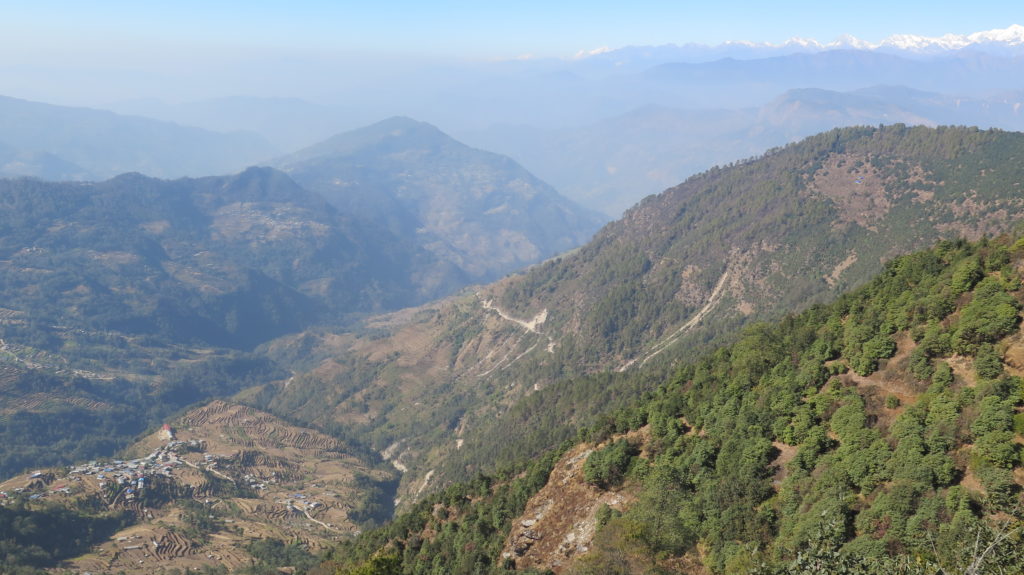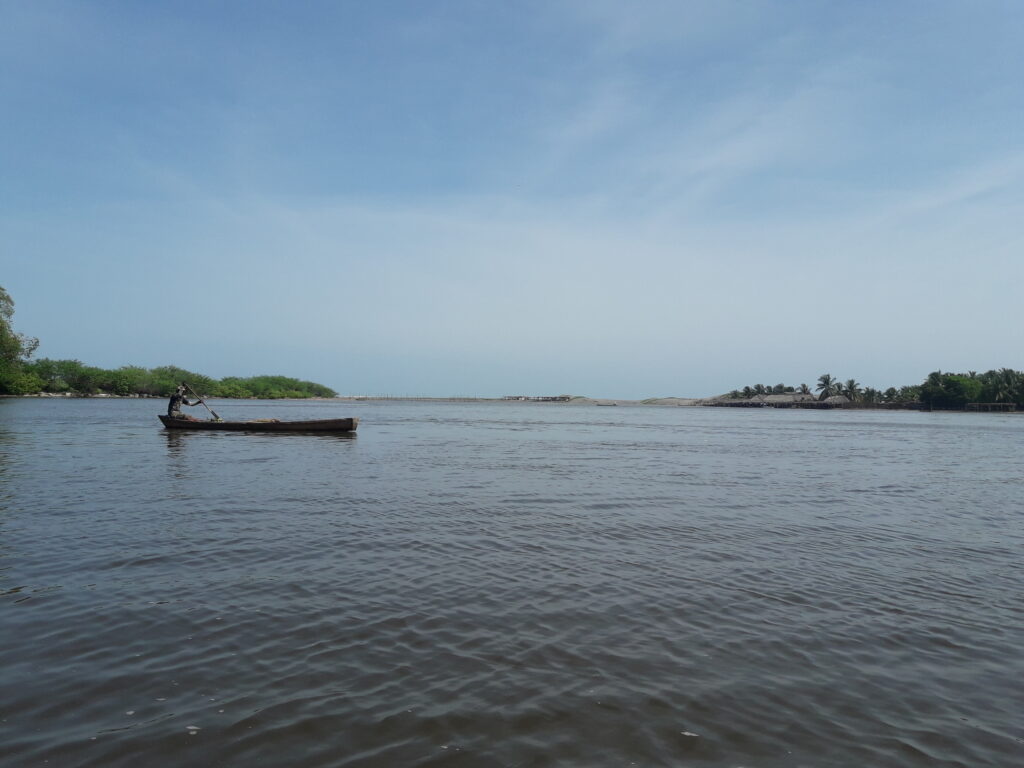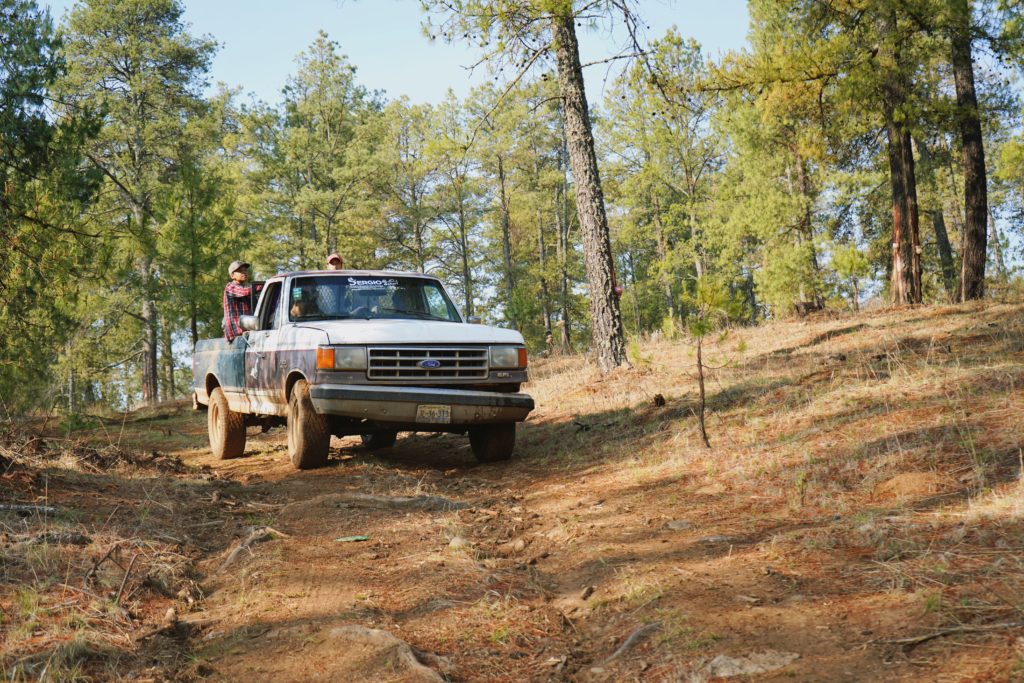
Case study
Taking a grassroots approach to landscape-level sustainability in Sierra de Tapalpa
Sierra de Tapalpa in Jalisco, Mexico provides sanctuary for a wide variety of plants and animals, productive land for farming, and diverse livelihoods for the 48,000 people who call it home. But unsustainable practices threaten this fragile landscape, with implications for both people and nature. Since 2020, the Rainforest Alliance has been working with local communities to improve sustainability, and they’ve used LandScale to guide their actions.
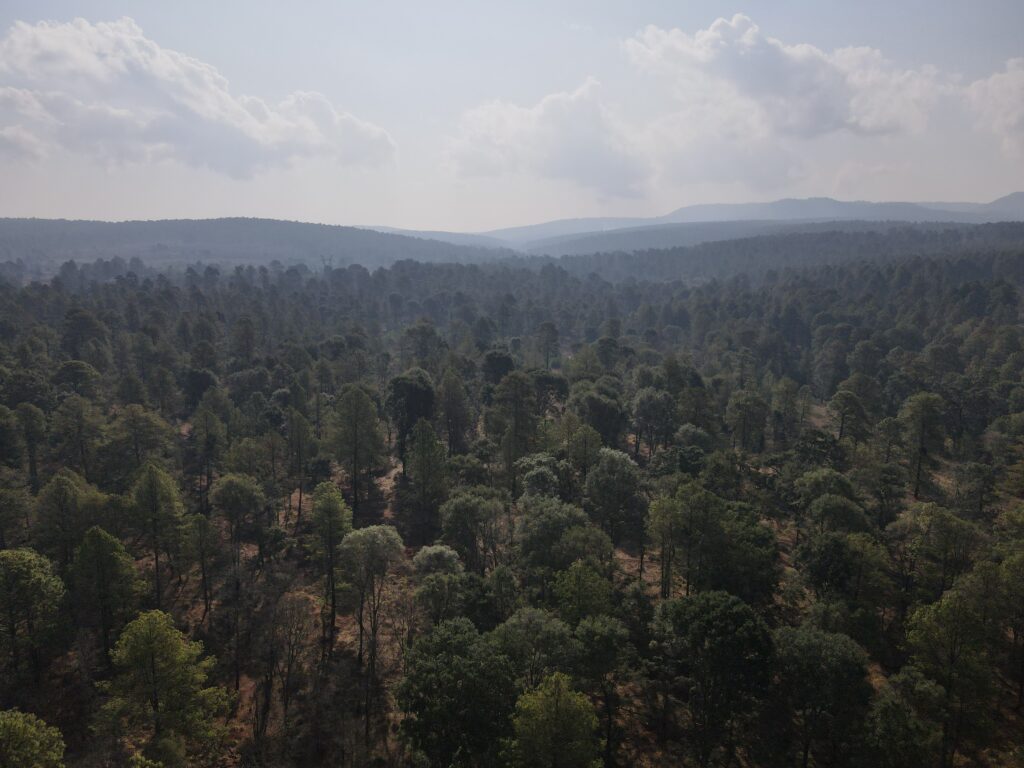
In the heart of Mexico, Sierra de Tapalpa is a breathtakingly beautiful landscape. Towering mountains dominate the skyline, and the sheer diversity of its ecosystems, wildlife and rich cultural history are like nowhere else on earth. Venture into the valleys of Juanacatlán, and you’ll find yourself surrounded by forests and mountains, a tranquil landscape where time seems to stand still. And with crops ranging from timber, agave and corn to avocados and berries, Sierra de Tapalpa is also one of the most agriculturally productive landscapes in the region. But the land-use changes resulting from tourism and unsustainable agricultural practices threaten the landscape’s fragile ecosystems, with implications for both people and nature.
Since 2020 Rainforest Alliance has been working alongside a diverse range of stakeholders to improve agricultural practices and human wellbeing through the promotion of sustainable practices and livelihood creation. LandScale is being used to monitor and evaluate the landscape-scale interventions that are being carried out, and underpins the action-plans being created to help continue to improve sustainability in Sierra de Tapalpa.
Balancing economic growth with protecting the environment
From forested mountains nearly 4,000 meters high to arid scrubland and tropical forests at lower elevations, Sierra de Tapalpa has a wide diversity of ecosystems rich in biodiversity. Nearly 1,000 different species of plants and animals can be found in the landscape – 40% of which are unique to Mexico.
The LandScale baseline assessment carried out in 2022 revealed that Sierra de Tapalpa also acts as an important corridor between several different ecosystems. “The landscape connects the Sierra de Quila Protected Area, the Nevado de Colima National Park and Sierra de Manantlán Biosphere reserve,” says Ana Luisa Santiago Pérez, Professor and Researcher at the University of Guadalajara. “Connectivity among these ecosystems and different habitats make it possible for large mammals such as pumas, ocelots and margays to live in the landscape. Even jaguars have been spotted in the Sierra de Tapalpa.” The presence of these apex predators, as well as the sheer diversity of species found in the landscape indicates that this is a thriving, healthy ecosystem.
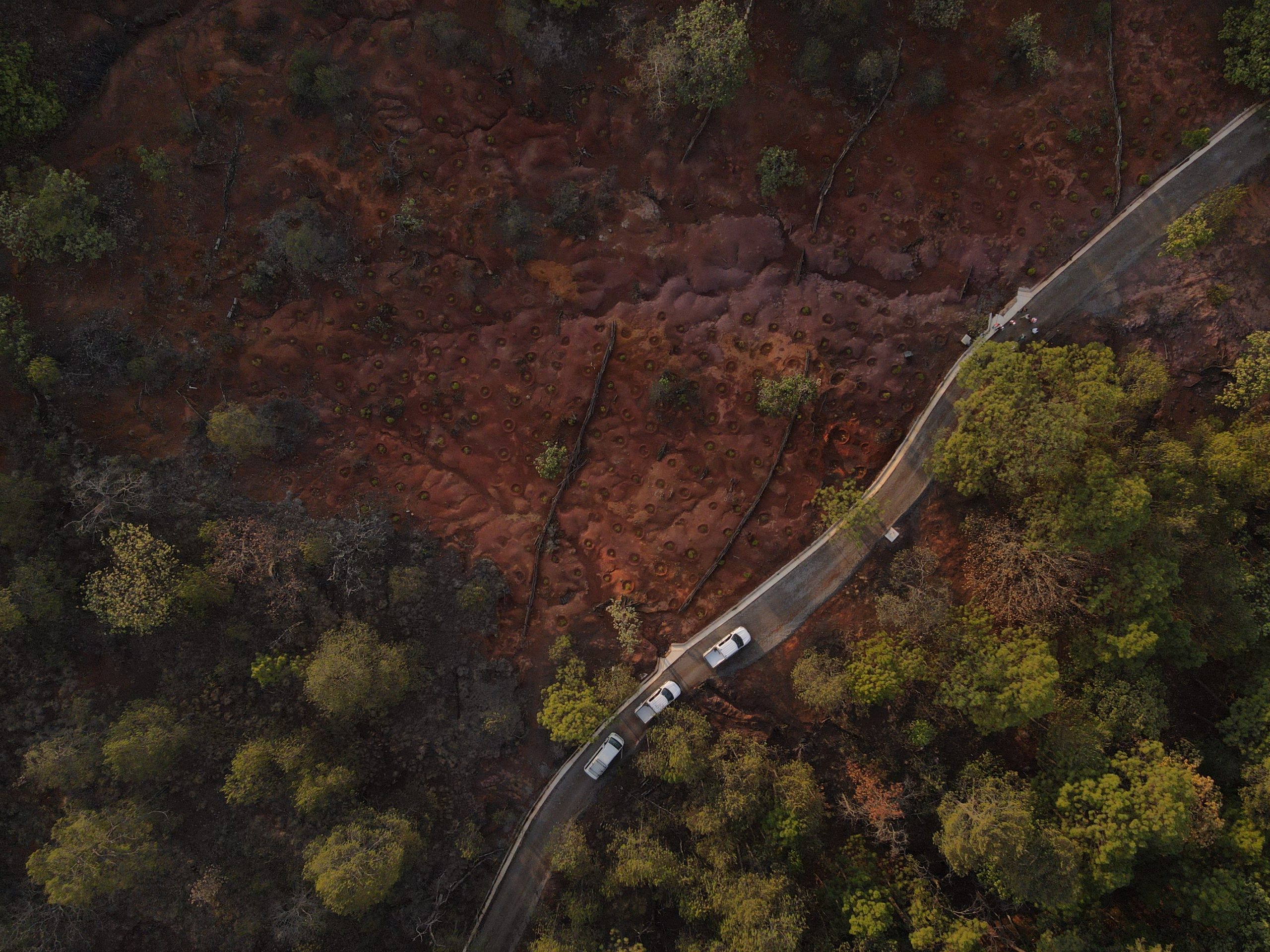
But deforestation has been accelerating, leading to habitat loss and land degradation which could cause significant harm to wildlife in the region. In the last 50 years, more than 44,000 hectares of land have been deforested, a staggering 30% of the landscape’s forests. The LandScale assessment indicates that the primary reasons for forest loss in the landscape are industrial agriculture and land-use changes resulting from increased tourism and urban expansion in the region.
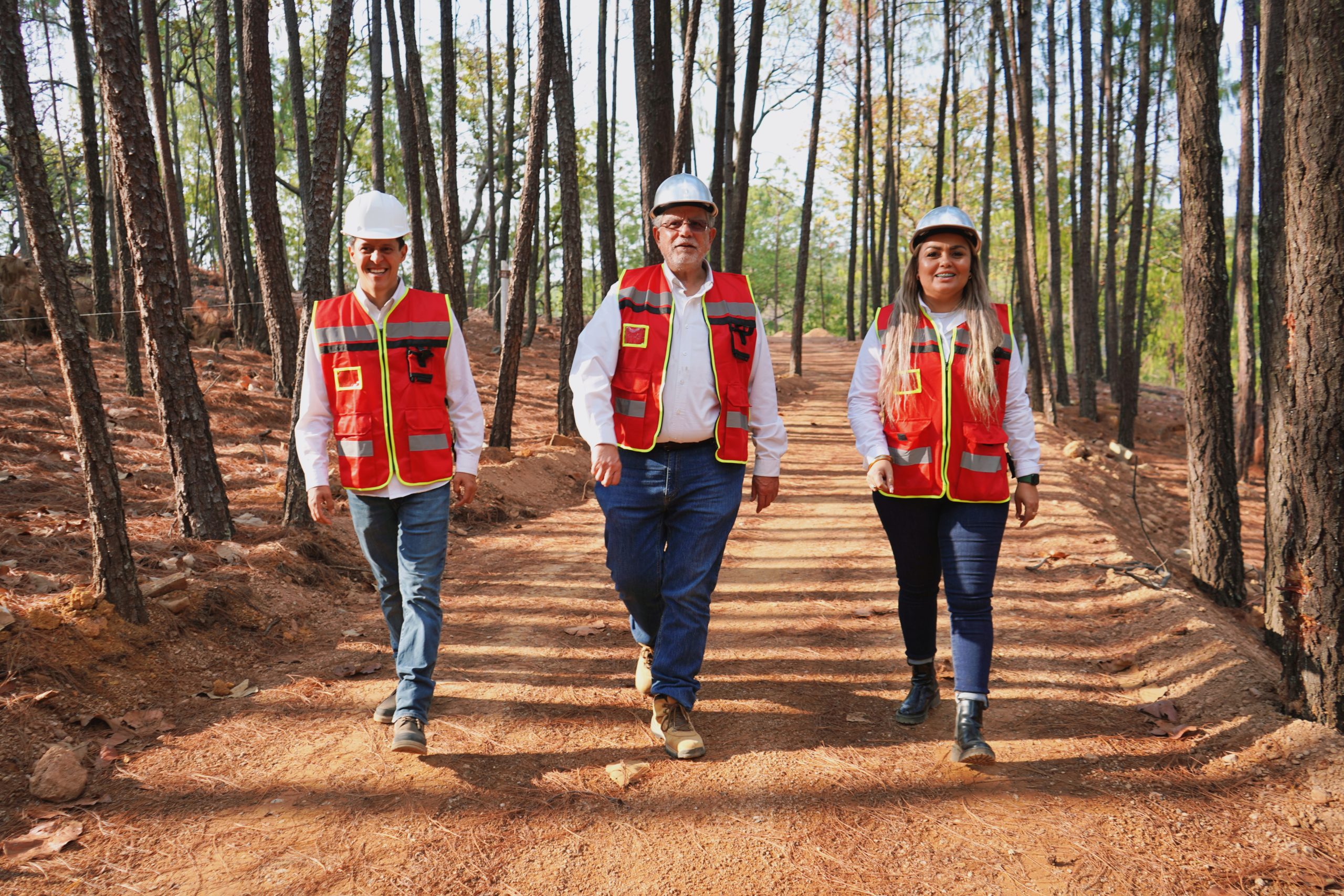
Pressures from urban expansion and agriculture don’t just affect nature in the landscape – they also have implications for the people who live in the surrounding area. Sierra de Tapalpa’s elevated location means it captures, stores and enriches water that flows to lower areas. It supplies water beyond the region’s borders, so anything that happens in the landscape has wide repercussions. “These are challenges that cannot be addressed in the very short term, at a small scale or individually,” says Gustavo Rojas, Sustainable Landscape Manager at Rainforest Alliance. “It is a matter of building partnerships, of creating a vision able to address those issues at landscape level.”
Introducing a new model of integrated landscape management
This is why the Rainforest Alliance is working in collaboration with the Government of Jalisco, the private sector and civil society to strengthen and promote new models of integrated land management. To date, seven partnerships have been formalized, providing a framework for aligning the efforts of the project’s governance platform with those of the public sector. Agreements with the private sector have paved the way for joint efforts to drive sustainable practices and encourage the adoption of industry-leading approaches in the region. “The LandScale assessment allows us to see how we can involve producers to promote changes in behaviour that make these activities more sustainable,” says Oscar Gabriel Ponce Martínez, Director of the Intermunicipal Environmental Board for the Comprehensive Management of the Ayuquila River Lower Basin.
Rainforest Alliance is also participating in the Landscape Finance Accelerator, an initiative launched by 1000 Landscapes for 1 Billion People designed to test and develop strategies for financing sustainable landscape management and conservation projects. “This pilot is part of broader efforts to integrate environmental, social, and economic objectives at a landscape scale,” says Gustavo Rojas. Currently the team is finalizing a strategic framework for landscape finance, informed by models like that of Mt. Mulanje in Malawi. Areas of focus include financing strategies and scenarios for local bioregional institutions, particularly in the sector of water conservation and management.
A local committee was also formed in 2021 to ensure that a diversity of local stakeholders and interests are represented in decision-making. “The creation of the local committee has promoted improved transparency as well as accountability and inclusion of vulnerable groups in decision-making processes,” says Carmen Gómez Lozano, Director of Biological Corridors and Basins in the Environmental and Territorial Development Secretariat.
These large-scale actions have been complemented with smaller, more local interventions to help improve wellbeing and promote sustainable livelihoods in the community. One example of this is the Field Schools Programme, which helps local producers to adopt sustainable farming practices and increase their productivity and income in the process. To date, over 200 people have received training and some of the programme graduates are already seeing results. “Before we attended the field school, we left our cows loose to roam on the land. We’ve now learned how to make divisions to better accommodate our cattle, and this is reflected in our profits,” says Alma Barragán, who attended the Field School in March 2022.
The beginning of a longer journey
Landscape level change takes time, and this is only the beginning of the process in Sierra de Tapalpa. A reassessment of the landscape is planned for 2024 and everyone involved is eager to see the impacts of the landscape action plan that has been implemented. “Measuring landscape-level indicators helps us to know if we are meeting our objectives,” says Ana Luisa Santiago Pérez. “It makes us recognize that environmental issues and challenges go beyond administrative limits and municipal borders.”
Visit Sierra de Tapalpa’s LandScale profile here.
